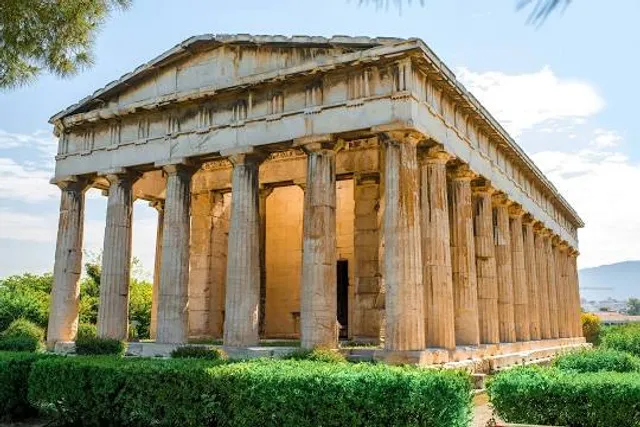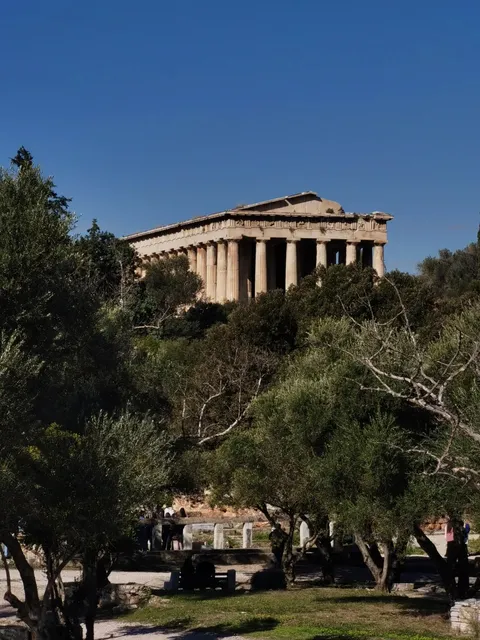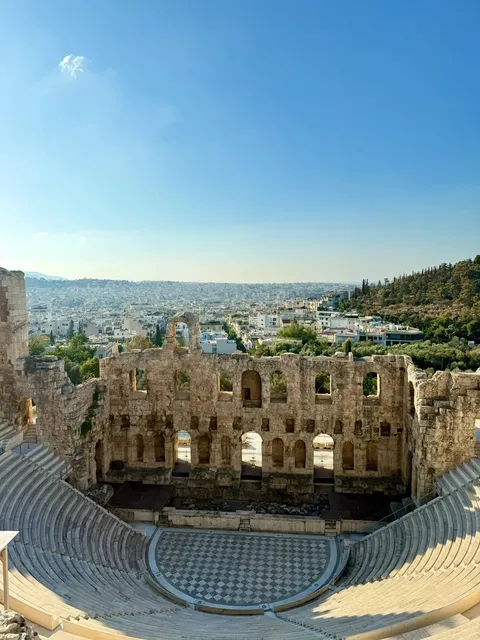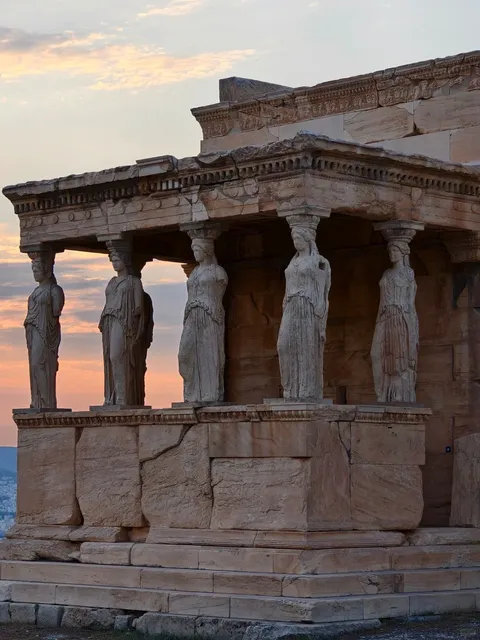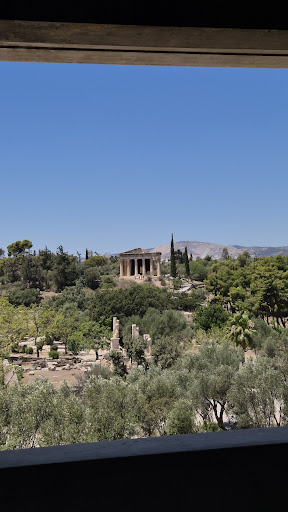Temple of Hephaestus things to do, attractions, restaurants, events info and trip planning
Basic Info
Temple of Hephaestus
Athens 105 55, Greece
4.8(4.8K)
Open 24 hours
Save
spot
spot
Ratings & Description
Info
The Temple of Hephaestus or Hephaisteion, is a well-preserved Greek temple dedicated to Hephaestus; it remains standing largely intact today. It is a Doric peripteral temple, and is located at the north-west side of the Agora of Athens, on top of the Agoraios Kolonos hill.
Cultural
Outdoor
Accessibility
attractions: Ancient Agora of Athens, Museum of Illusions Athens, Stoa of Attalos - Museum of the Ancient Agora, Statue of Theseus, Altar of Aphrodite Urania, Monastiraki Square, Flea Market, Herakleidon Museum, Temple of Ares, Roman Forum of Athens (Roman Agora), restaurants: Kuzina, The James Joyce Irish Pub, Γυριστρούλα-Gyristroula, Theta, Mystilli, ELLYZ Cafe Athens, Proedros, Ristorante Atlantikos, ΑΤΤΑΛΟΣ εστιατόριο-μαγειρείο, THISSIO VIEW - Rooftop Restaurant & Bar
 Learn more insights from Wanderboat AI.
Learn more insights from Wanderboat AI.Phone
+30 21 0321 0185
Website
odysseus.culture.gr
Plan your stay

Pet-friendly Hotels in Athens
Find a cozy hotel nearby and make it a full experience.

Affordable Hotels in Athens
Find a cozy hotel nearby and make it a full experience.

The Coolest Hotels You Haven't Heard Of (Yet)
Find a cozy hotel nearby and make it a full experience.

Trending Stays Worth the Hype in Athens
Find a cozy hotel nearby and make it a full experience.
Reviews
Nearby attractions of Temple of Hephaestus
Ancient Agora of Athens
Museum of Illusions Athens
Stoa of Attalos - Museum of the Ancient Agora
Statue of Theseus
Altar of Aphrodite Urania
Monastiraki Square
Flea Market
Herakleidon Museum
Temple of Ares
Roman Forum of Athens (Roman Agora)
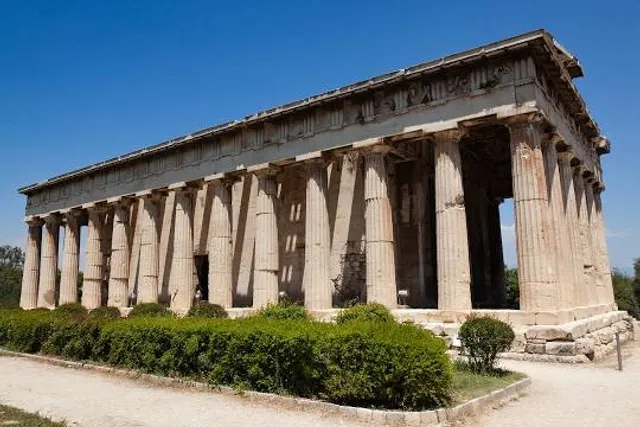
Ancient Agora of Athens
4.7
(13.2K)
Open until 8:00 PM
Click for details

Museum of Illusions Athens
4.5
(4.2K)
Open 24 hours
Click for details

Stoa of Attalos - Museum of the Ancient Agora
4.8
(1.5K)
Open 24 hours
Click for details
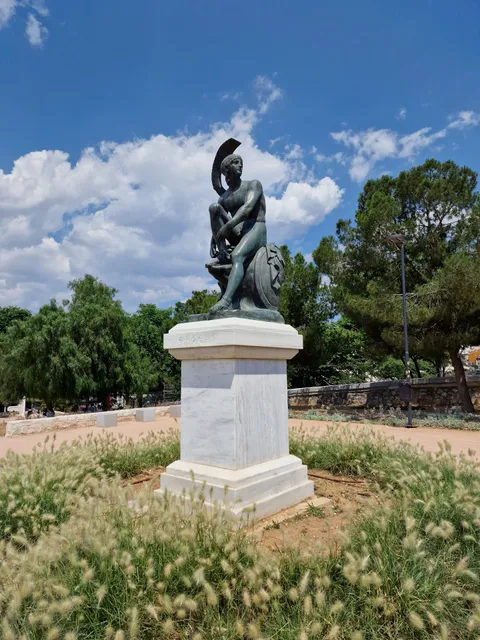
Statue of Theseus
4.5
(126)
Open 24 hours
Click for details
Things to do nearby
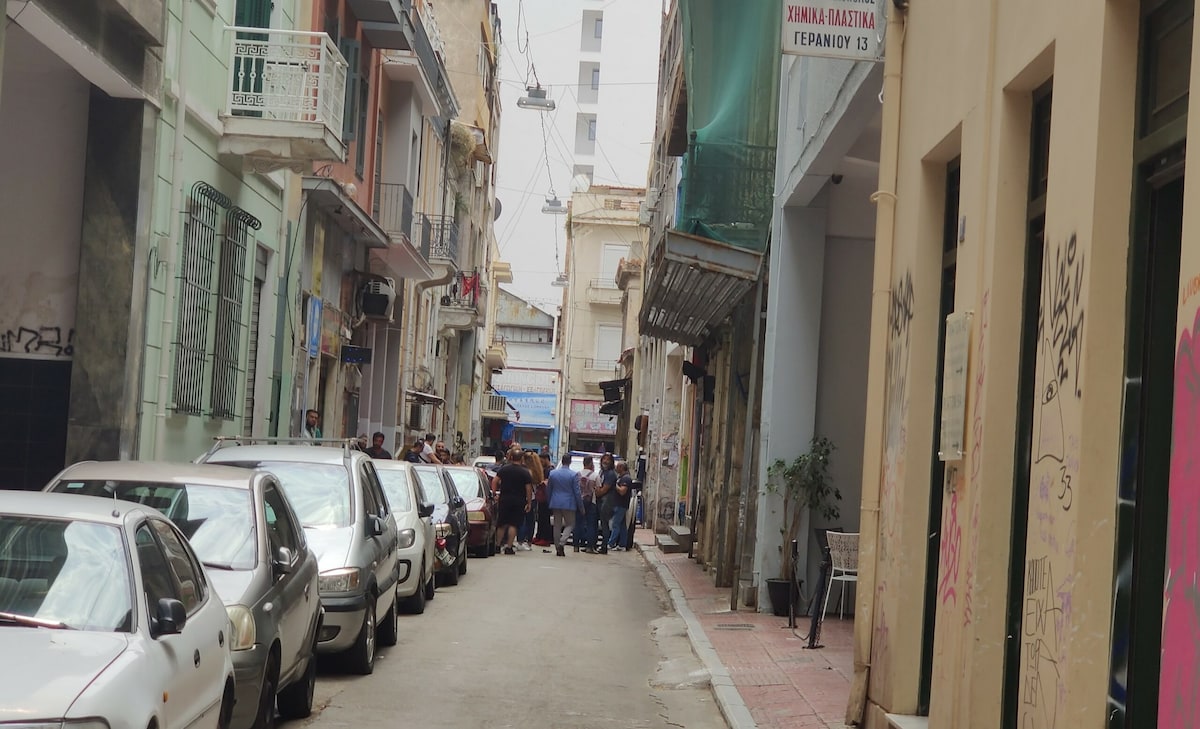
Awful Athens
Tue, Dec 30 • 3:00 PM
104 33, Athens, Greece
View details
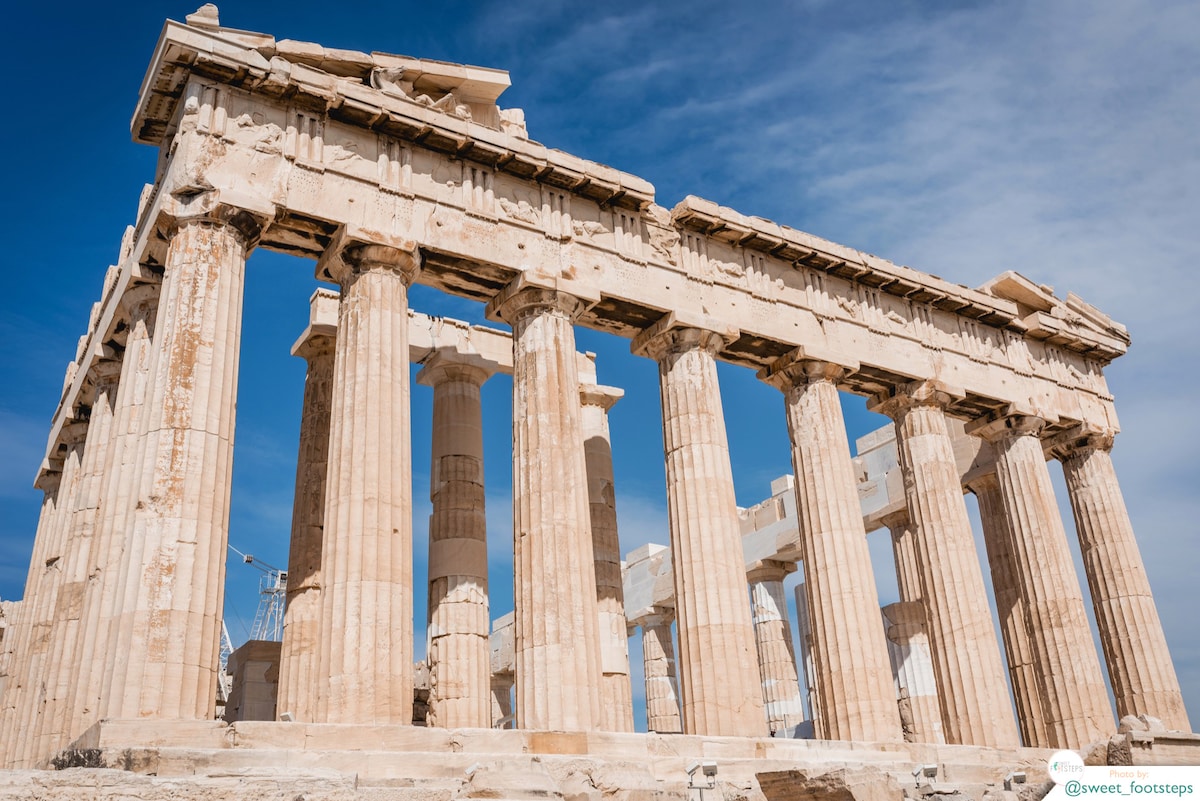
Acropolis tour with entrance tickets included
Sat, Dec 27 • 7:30 AM
117 42, Athens, Greece
View details

Amazing Athens Walks & Local Hidden Gems
Thu, Dec 25 • 4:00 PM
105 55, Athens, Greece
View details
Nearby restaurants of Temple of Hephaestus
Kuzina
The James Joyce Irish Pub
Γυριστρούλα-Gyristroula
Theta
Mystilli
ELLYZ Cafe Athens
Proedros
Ristorante Atlantikos
ΑΤΤΑΛΟΣ εστιατόριο-μαγειρείο
THISSIO VIEW - Rooftop Restaurant & Bar

Kuzina
4.4
(1.7K)
Click for details

The James Joyce Irish Pub
4.6
(2.3K)
$$
Click for details

Γυριστρούλα-Gyristroula
4.4
(1.7K)
Click for details

Theta
4.5
(733)
$$
Click for details
